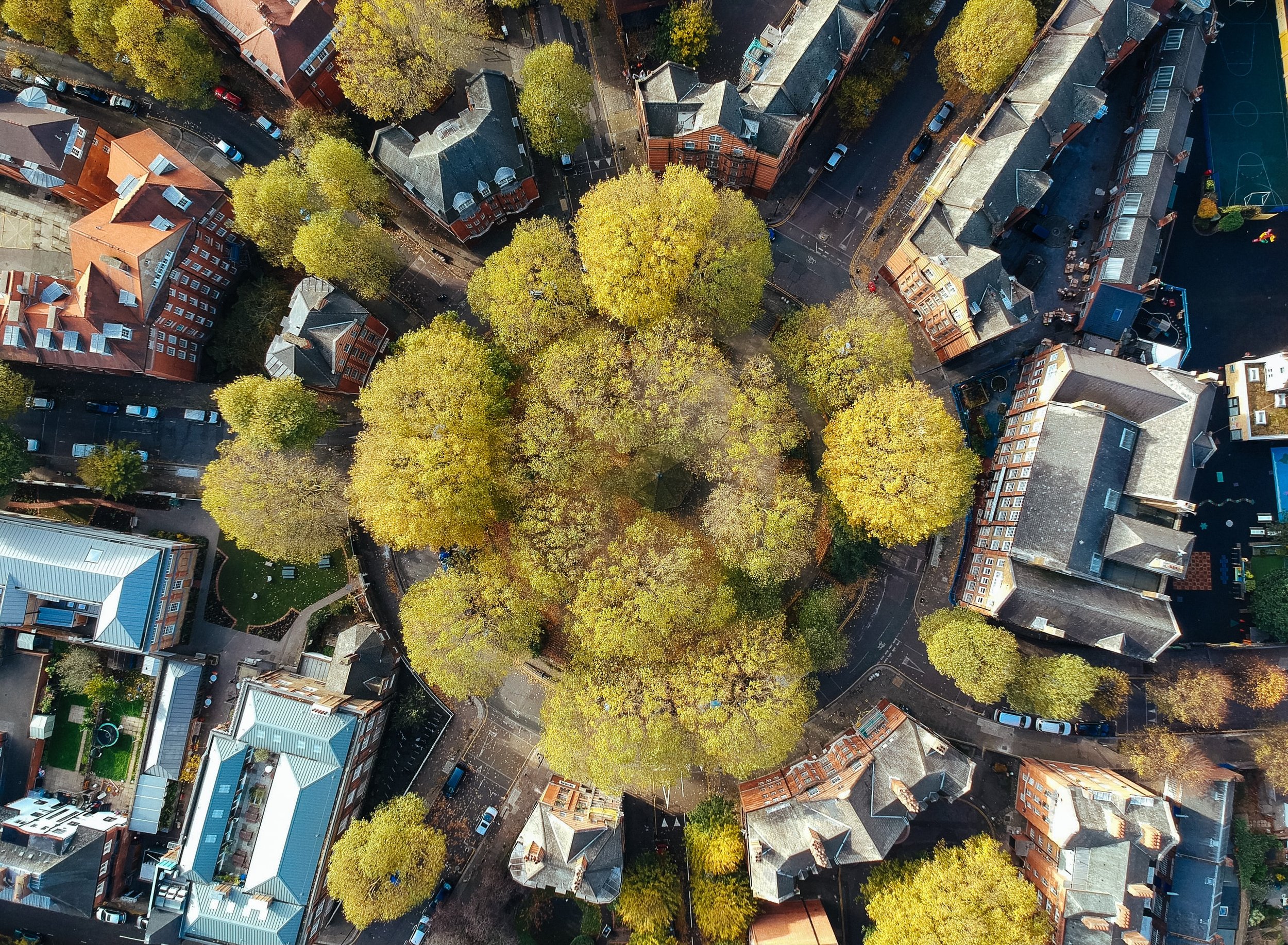The BIOCIRCULARCITIES project recently published the reports “Regulatory gap and opportunity analysis for a circular bioeconomy” and “Definition of the Scope of Circular Bioeconomy for biowaste management in urban areas”
-
Regulatory gap and opportunity analysis for a circular bioeconomy
The Biocircularcities partners have completed one more step towards their objective of providing policy recommendations for implementing a circular bioeconomy in the three pilot territories. They have thoroughly analysed the previsously selected circular bioeconomy regulatory framework and identified drivers and barriers that favour or hinder the transition to a more biocircular system for biowaste management.
The report highlights that at the European level, support is mainly given to biorefineries that process secondary raw materials into a range of marketable bio-based products, including biochemicals, bioplastics, (novel) food and feed, and bioenergy. This approach also applies to the selected streams of the BCC pilot territories (i.e., forestry residues for Pazardzhik Province, organic waste from the agro-industrial sector for the Metropolitan City of Naples and municipal biowaste for the Metropolitan Area of Barcelona).
Read more on the key drivers and barriers for a circular bioeconomy in the report “Regulatory gap and opportunity analysis for a circular bioeconomy” and its summary!
-
Definition of the Scope of Circular Bioeconomy for biowaste management in urban areas
The Biocircularcities project intends to develop guidelines facilitating the replication of the approaches defined and experienced in each of the three pilots, with the global goal of fostering the transition towards sustainable biowaste management system in compliance with the circular bioeconomy principles across Europe.
Available through a web application, the Biocircularcities guidelines will aim at overcoming the lack of easily accessible tool helping public authorities and private entities to identify the available technologies for such transformation, depending on a set of criteria largely influenced by the local context.
Discover these criteria in the report “Definition of the Scope of Circular Bioeconomy for biowaste management in urban areas” or in its public summary.


